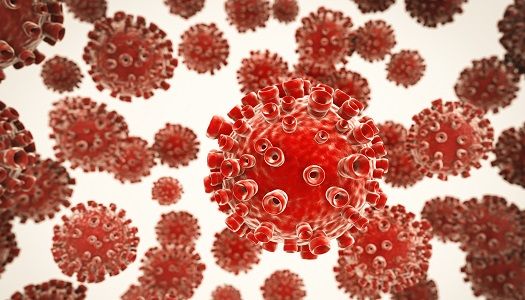Article
Latent Form of HIV Capable of Reproducing in Immune Cells
Author(s):
The discovery of ART-resistant latent HIV indicates problems for finding a cure for the virus.

A latent form of the human immunodeficiency virus (HIV) is capable of reproducing while residing in immune cells — even during antiretroviral therapy (ART), according to a recent study.
This could cause the virus to reactivate during treatment and help resist against ART, researchers from Johns Hopkins University School of Medicine noted in their research. What’s worse: the reproducing latent HIV has an extremely long half-life.
Researchers grew CD4 cells from the blood of 12 HIV-positive patients taking ART at the time of the study. The grown cells were then stimulated with various chemicals to induce them to split and multiply. Upon every instance of a cell splitting into halves, one cell would be designated to the control group, and the other would be split via chemicals again.
The stimulated cells were able to proliferate without releasing active HIV, researchers noted. However, the new cells created in the division emitted the virus.
Researchers also wrote the sequenced genomes of the virus released after each stimulation held almost all genetically identical viruses, leading them to believe the HIV had replicated during the study, rather than come from different virus types.
“These [latently infected] cells are present in everybody [with HIV], but they’re very rare—about 1 in a million,” Robert Siciliano, MD, PhD, professor of medicine at Johns Hopkins University School of Medicine and an author of the study, said.
Siciliano added that the medical community has known for the past 2 decades that these cells exist in HIV patients, but what’s new in the last year is understanding “why these latently infected cells never go away.”
Researchers are yet to uncover why these cells divide without producing HIV, but later may begin to produce the virus, Siciliano said.
“The finding that they are actually proliferating is disturbing,” Siciliano said.
This discovered trend of cell replication is also the reason the scientific community has been unable to come up with a complete cure. While other viruses like hepatitis C have been cured due to it lacking a latent form of its disease, HIV’s division keeps the cells from disappearing, Siciliano said.
Such an issue will have Siciliano and his team’s focus in HIV studies to come. It’s another hurdle from reaching a definite cure.
“We’d like to figure out what’s causing the proliferation [of the cells] and if there’s any way to stop it,” Siciliano said.
The study, "Proliferation of latently infected CD4 T cells carrying replication-competent HIV-1: Potential role in latent reservoir dynamics," was published online on the Journal of Experimental Medicine.
Related Coverage
The Road to Finding an HIV Cure
HIV Smokers Twice as Likely to Die from Smoking Than from Disease
Costlier, Riskier Treatment Tests Better For HIV-related Infection Care


